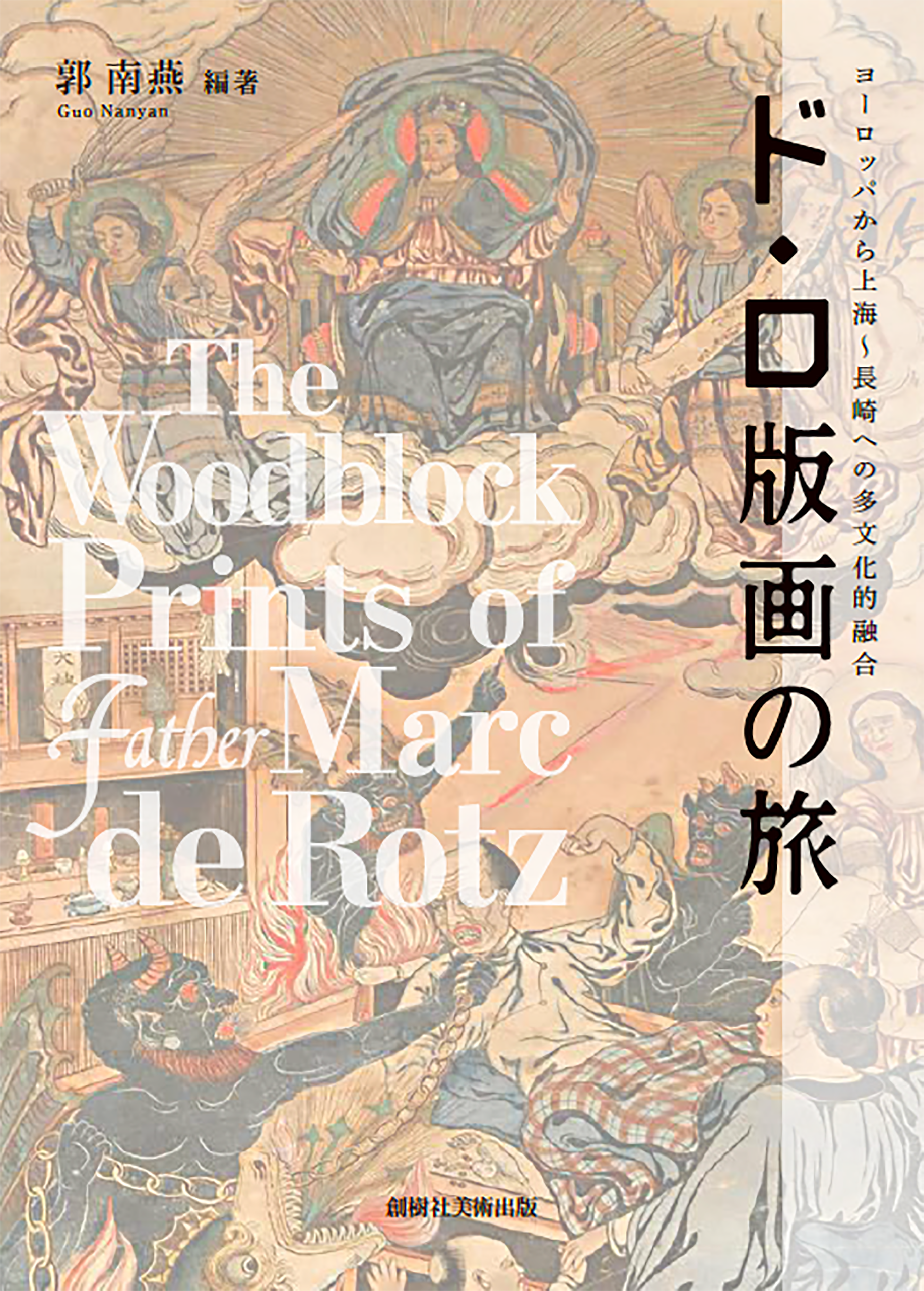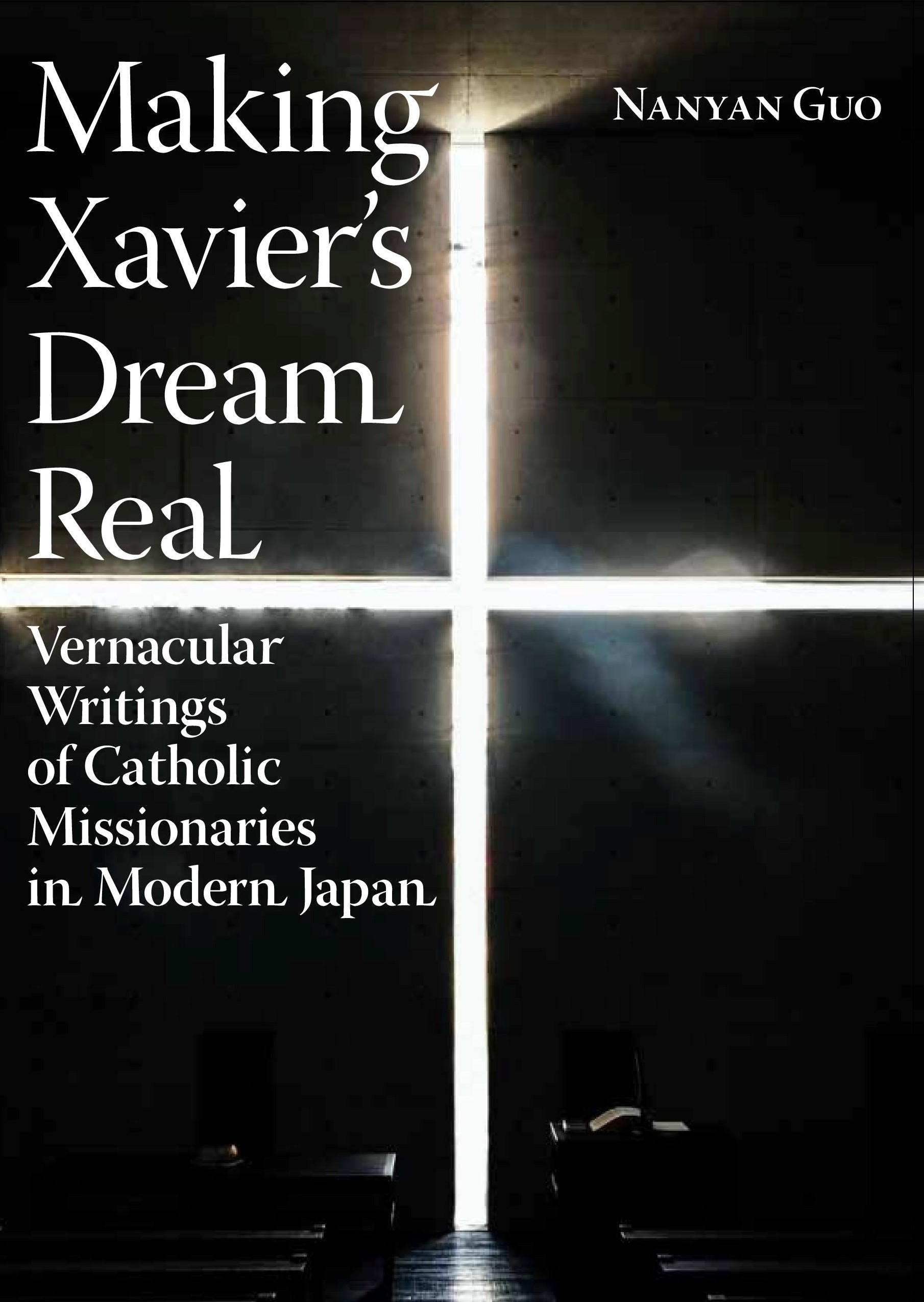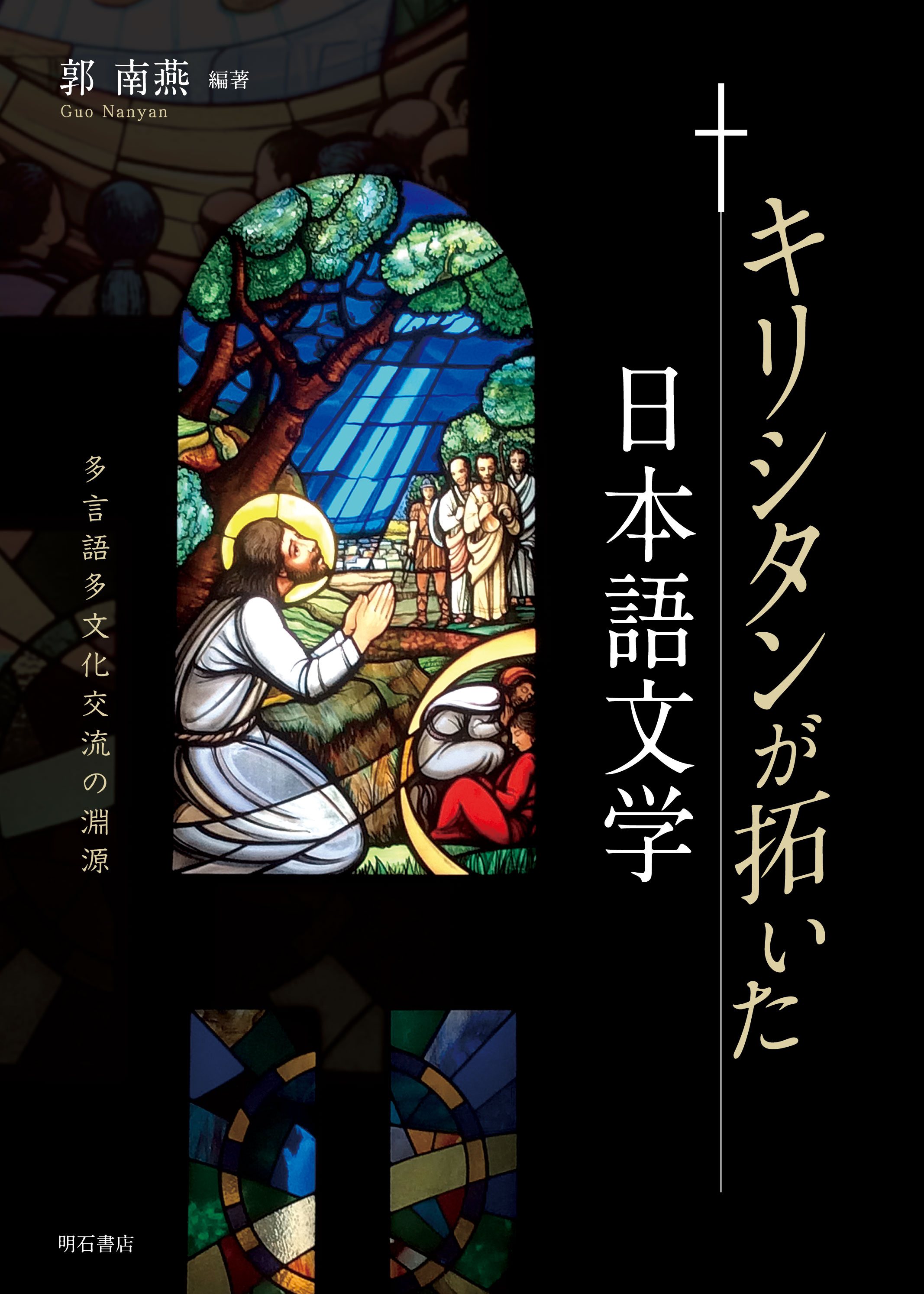
Title
Do Ro hanga no tabi: Yōroppa kara shanhai-Nagasaki e no tabunkateki yūgō (The Journey of the Woodblock Prints of Father Marc de Rotz - from Konstanz to Shanghai and Nagasaki (c. 1875))
Size
211 pages, A5 format, hardcover
Language
Japanese
Released
March, 2019
ISBN
9784787601063
Published by
Sōjusha Bijutsu Shuppan
Book Info
See Book Availability at Library
Do Ro hanga no tabi:Yōroppa kara shanhai-Nagasaki e no tabunkateki yūgō
Japanese Page
Priest Marc Maria de Rotz (1840–1914) of the Paris Foreign Missions was born in France. He spent 46 years in Japan from 1868 when he first arrived in Nagasaki until 1914 when he passed away. He selflessly devoted himself to the Japanese people, and among the many cultural heritages he left behind are ten unforgettable woodblock prints. They are commonly called the “De Rotz Prints” as they were produced under his supervision around 1875 at the Ōura Church seminary in Nagasaki.
Five of the prints, preserved in collections of the Ōura Church–Christian Museum and other local museums, are titled as follows: “Jesus’s Sacred Heart,” “Blessed Mother and Son,” “St. Joseph and a Young Jesus,” “St. Peter,” and “St. Paul.” The other five are depictions of the Catholic teaching of the “Four Last Things,” which include “Death of an Evil Man,” “Death of a Good Man,” “Souls Saved from Purgatory,” “Resurrection and the Final Judgement,” and “Hell.” Today, there are only two known complete sets of the latter five colored prints. One set is held by the Ōe Church in Amakusa city, Kumamoto prefecture, and the other by the Order of Congregation of Mary’s Annunciation in Nagasaki.
This book investigates the origins of the images of the “Four Last Things” and compares them with their models. Chapter One (Nanyan GUO) “The Prelude to the De Rotz Prints” introduces the process of De Rotz’s publishing of the Putitjean Edition in the early Meiji period, during which he first saw the woodblock prints produced by Jesuit missionary A. Vasseur in Shanghai in 1868–1869 and decided to imitate them. Chapter Two (Nanyan GUO) “The Roots of the De Rotz Prints” studies the birth of the images of A. Vasseur which became models for the De Rotz Prints. They seem to have drawn on the tradition of Ars moriendi popular in the 15th-century Europe, Evangelicae historiae imagines published in 1593 in Antwerp, and the illustrations in Christian books produced in China during the 17th century.
Chapter Three (Juxing ZHENG) “Vasseur’s Images and the De Rotz Prints” details the history of Christian propagation using visual images in China which influenced Vasseur’s artwork, especially the use of certain Chinese patterns and folk beliefs. It also discusses how the De Rotz Prints imitated Vasseur’s images while adding Japanese elements. Chapter Four (Eri SHIRAISHI) “Japanese Images in the De Rotz Prints” interprets the social and cultural context of Nagasaki in which the De Rotz Prints were made, and points out some particular stylistic features which were adopted to conform to the audience’s taste. Chapter Five (Minako UCHIJIMA) “The De Rotz Prints in the Ōura Church–Christian Museum and in the Kyūshū Region” reports on the numerous copies of the De Rotz Prints in Kyūshū, and posits that these prints were widely used from the 1870s till 1930s.
Chapter Six (Nanyan GUO) “The Pioneer of Japanese Literature by Non-Japanese Writers” explains how the Petitjean Edition (with many terms translated from Portuguese, Latin, and Spanish) should be viewed as the forerunner of the genre of “Japanese Literature by Modern Missionaries” produced from the 1860s onward.
In sum, this book explores the origins, production process, and methods of the De Rotz Prints, which are mingled with different cultural elements representing interactions between the West and East following Christianity’s long journey of propagation from Europe, China, to Japan.
(Written by Nanyan Guo, Project Professor, Global Leadership Program - GEfIL / 2020)



 Find a book
Find a book




